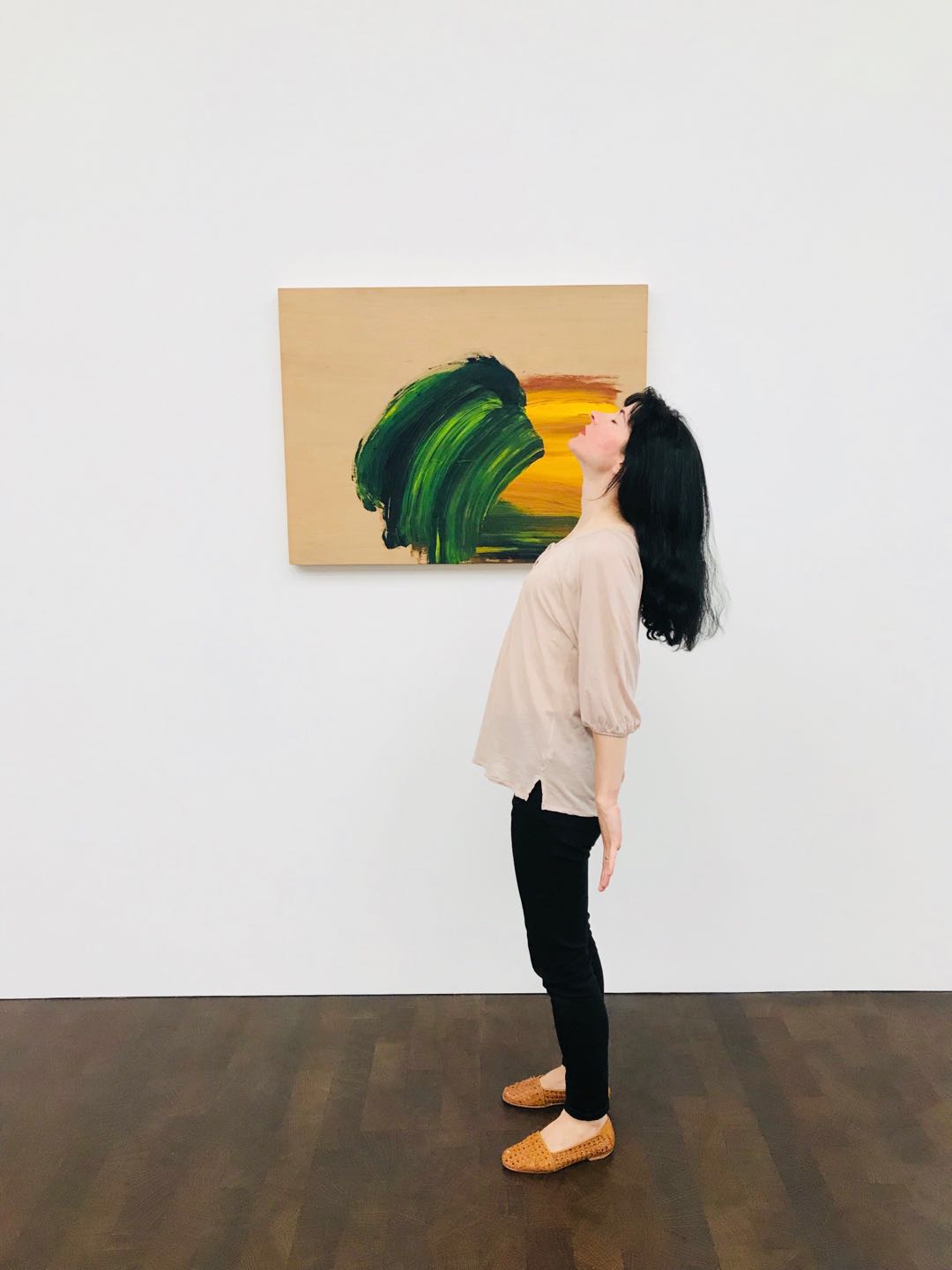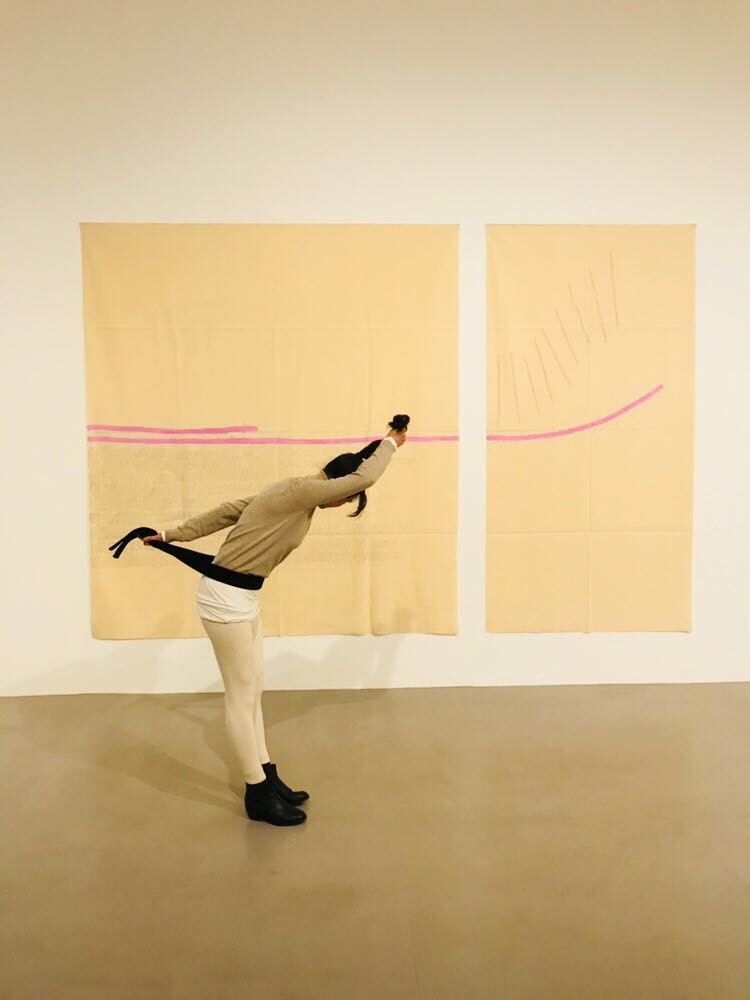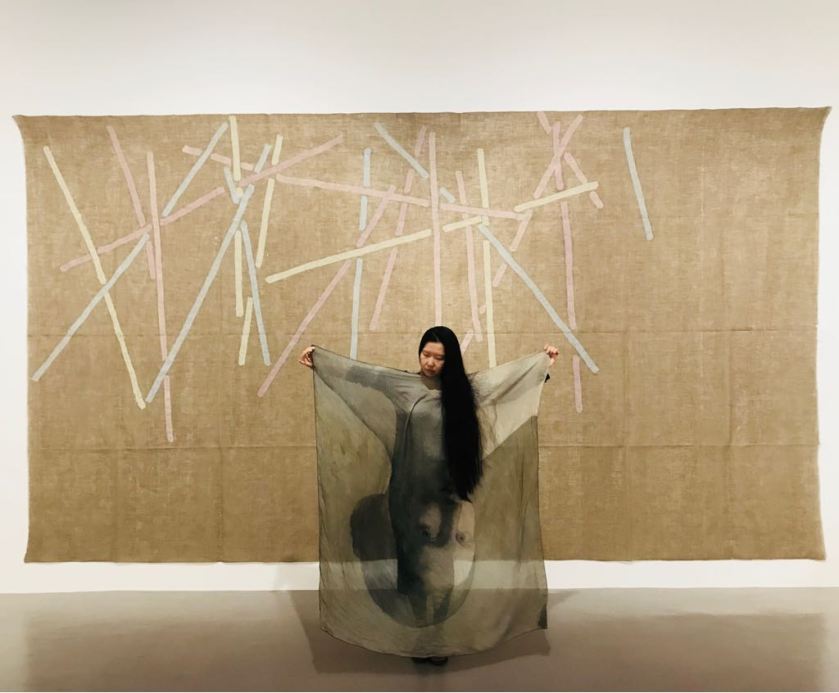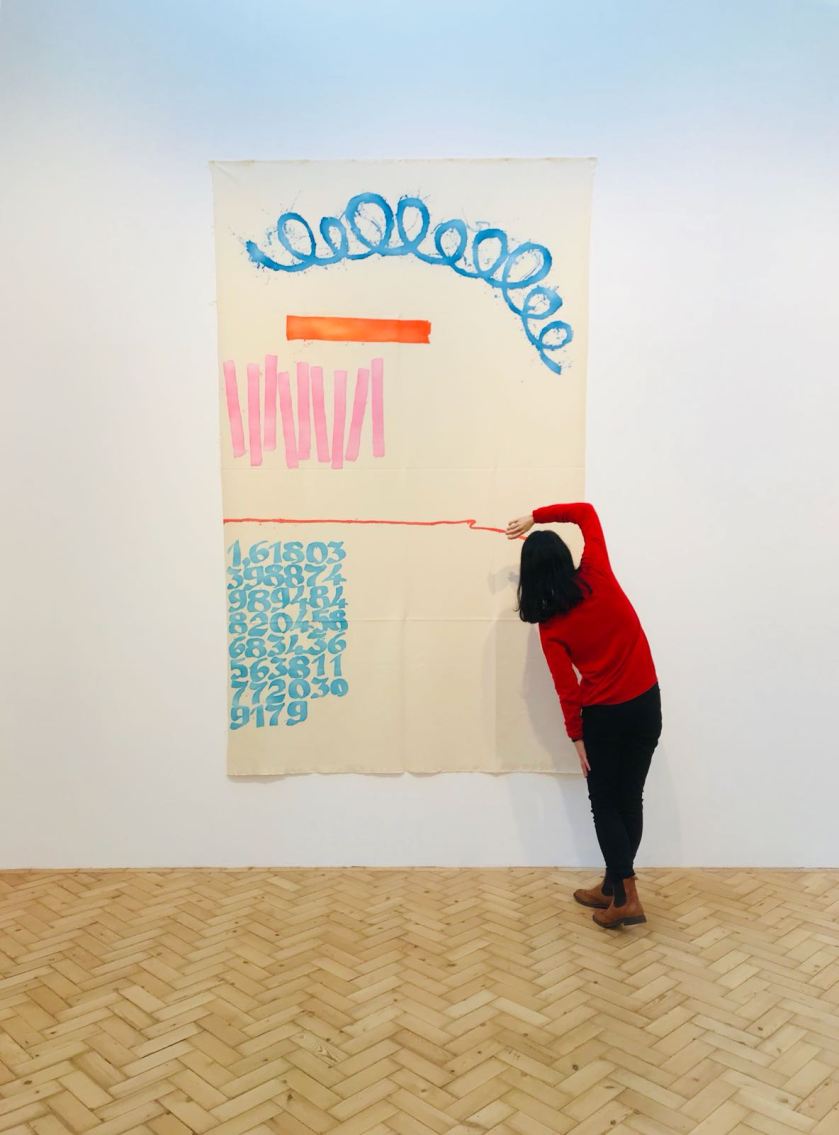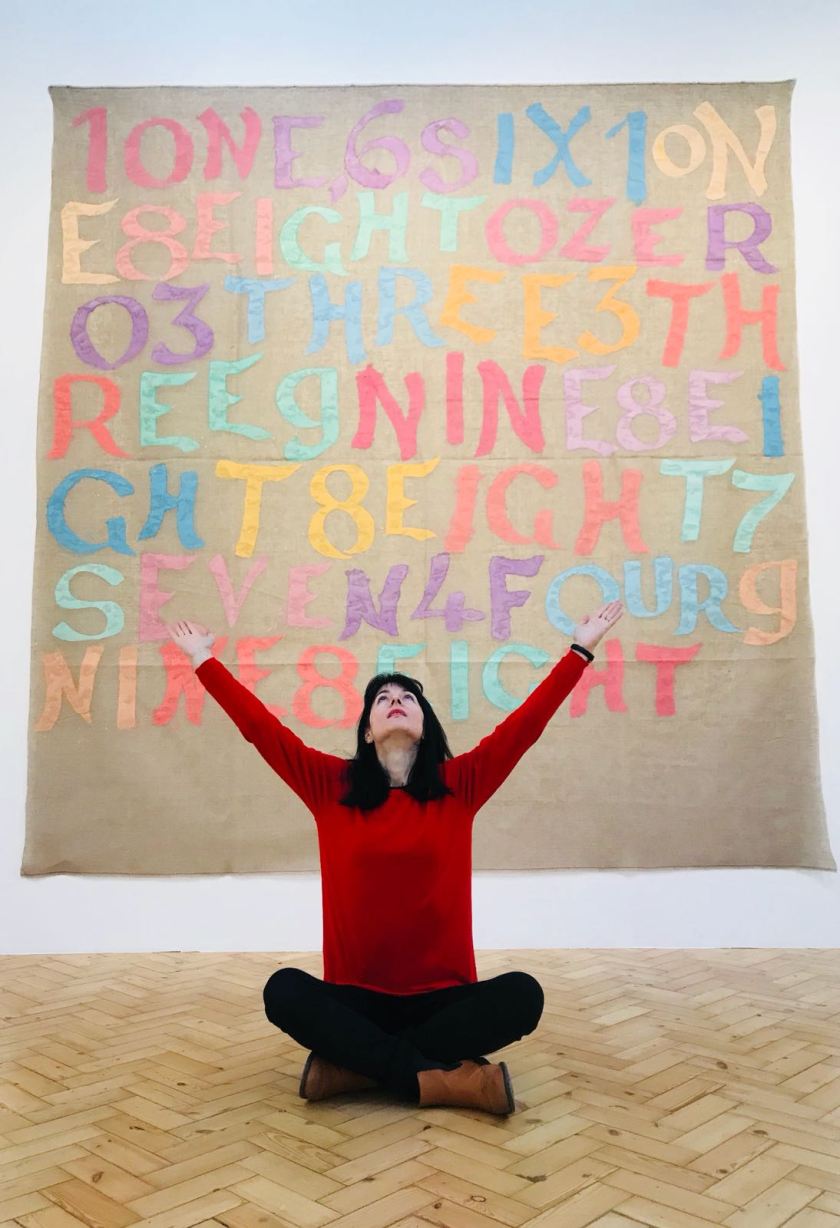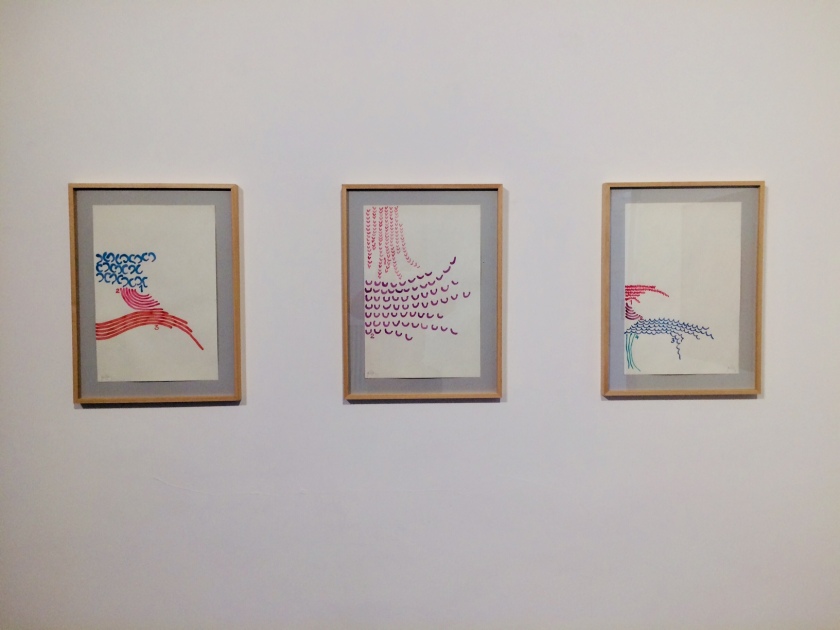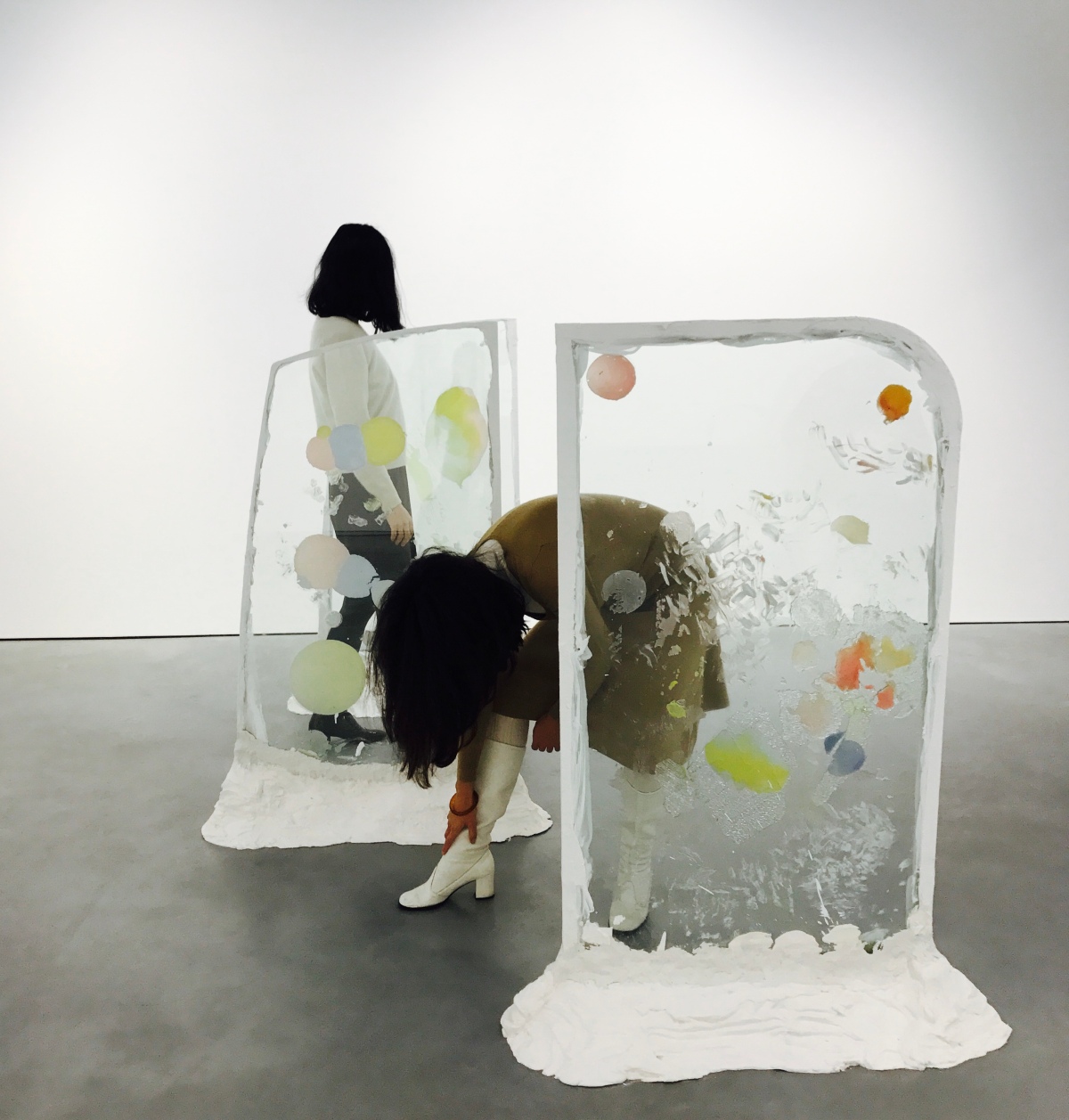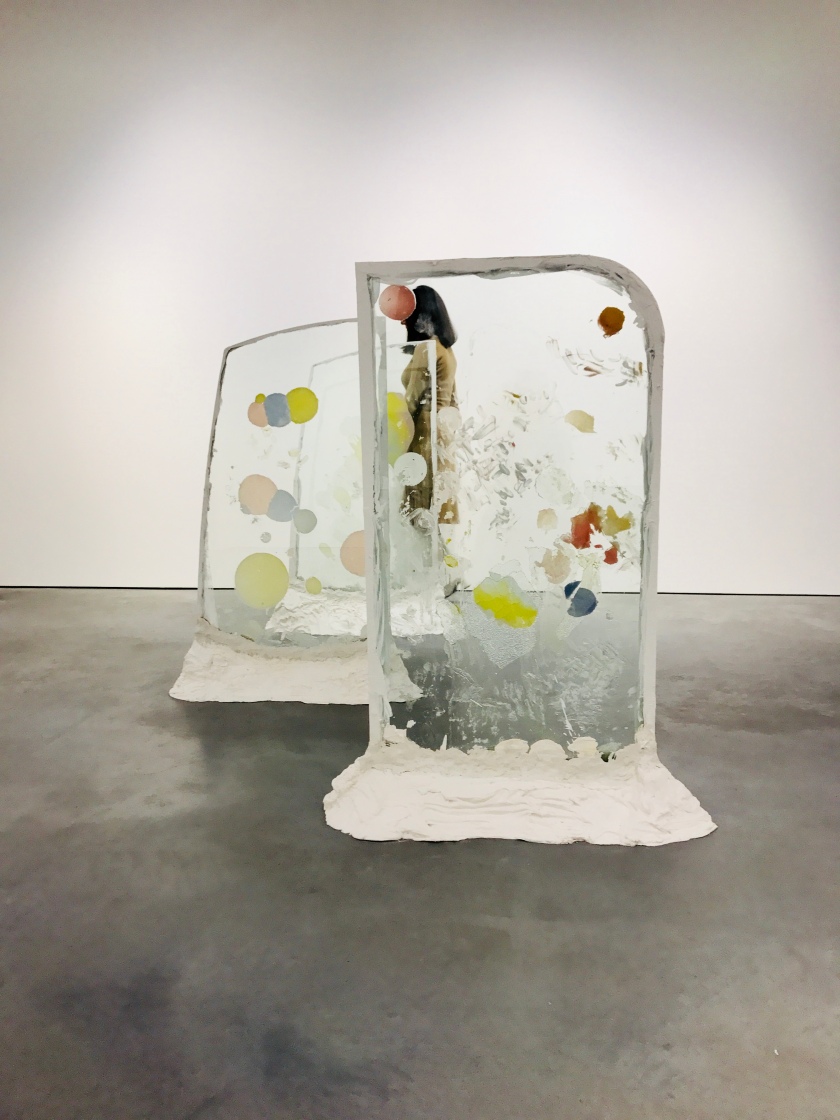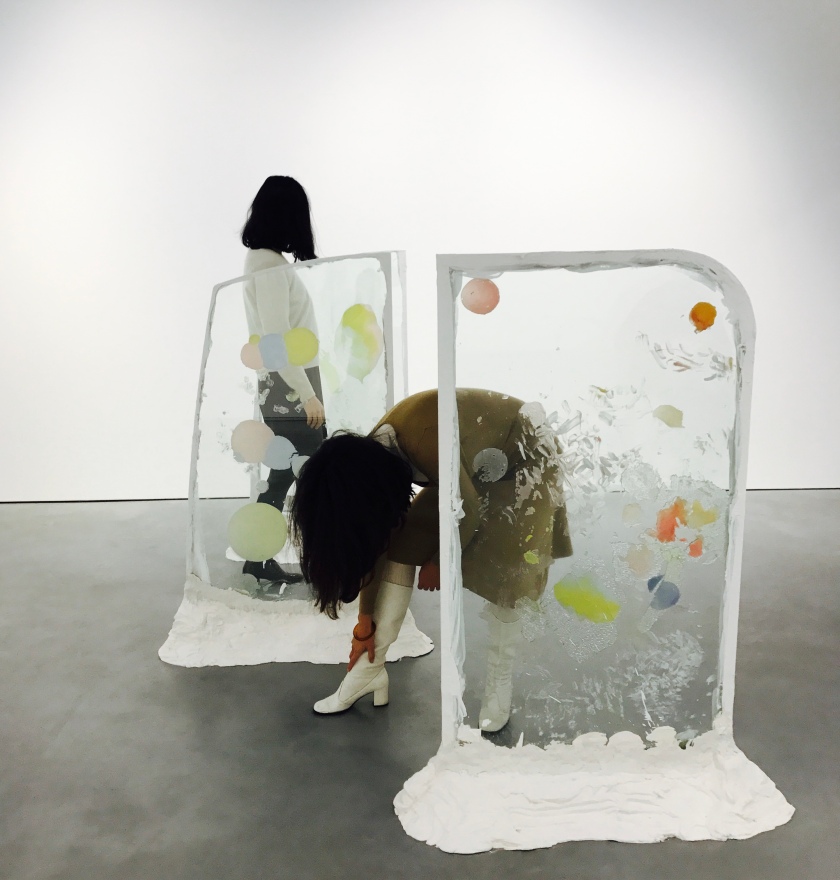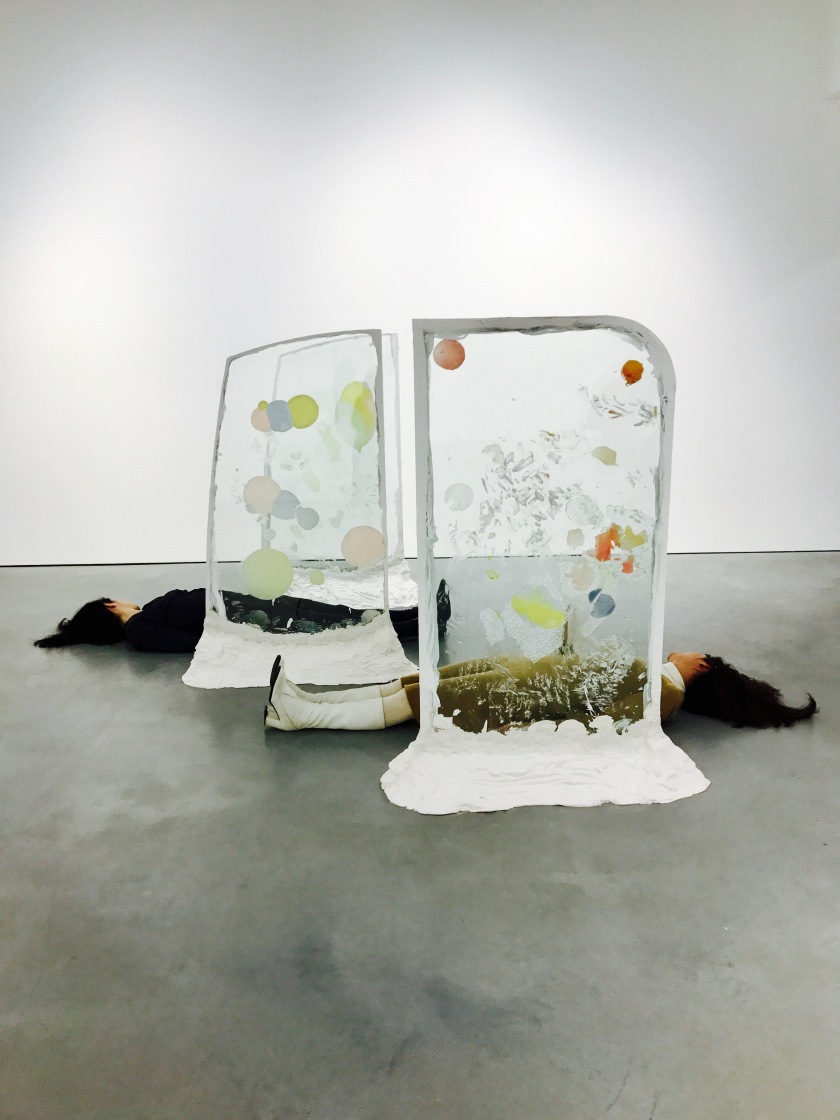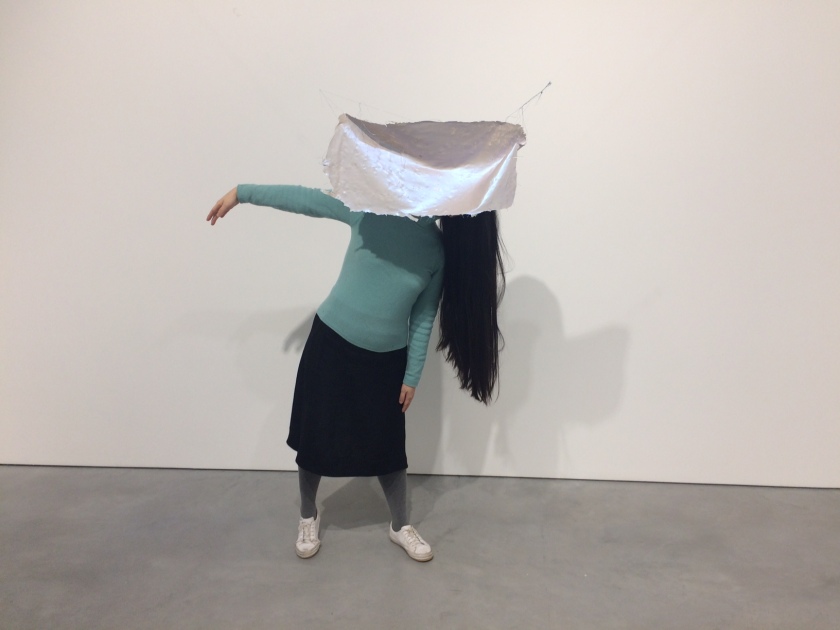The Gagosian gallery at Grosvenor Hill is now showing a show of Howard Hodgkin, a widely known British contemporary painter I first discovered with an exhibition there was at Tate Britain, London, in 2006. That show spanned his entire career from the 1950s, despite he wasn’t celebrated as a major figure in British art until the 1970s, but it revealed the early development of his visual language. The memory I keep of it is that it was a fest for the senses due to the vibrancy of the colours and expressiveness of the artworks.
The current exhibition at the Gagosian gallery showcases the final six paintings he completed in India before he died in March 2017, including more than twenty other paintings never displayed before in Europe. I was pleased to see his work again, and the final evolution of it as a gold brooch to the show I saw at Tate more than ten years ago.
Despite his work seems abstract at first sight, Hodgkin stated clearly that he wasn’t an abstract painter. The artist did a a continuos exploration of the representation of emotions, personal encounters and above all, memories of specific experiences that the viewer can relate with going back to his/her own experiences.
In an interview with Kenneth Baker in the Summer of 2016 Hodgkin said: “I can’t control the viewer. But I tell them what the picture’s about, always. I’ve never painted an abstract picture in my life. I can’t.”
He showed a passionate commitment to subject and said also in this interview that it’s when the physical reality is established that the subject can begin to show itself. But, he lamented that people didn’t usually see that his pictures where made of shape, drawing and composition.
Shared memories are a key part in his work. And it was very insightful to read the title of the works to know what he had in mind when he made a new painting. That reading was very evocative to me with some works. Like the painting titled “Portrait of the artist listening to music” displayed below, or the one titled “Darkness at noon” where The art raspberry performs as if she were a sculpture in the shadow.
Although we both liked most paintings, my favourite paintings didn’t necessarily coincide with the ones loved by The art raspberry. And, therefore, each of us performed with the ones we liked the most. In some cases, adding a new interpretation. Like with the work titled “Don’t tell a soul”, where mi position in front of the green brushstrokes over yellow seem to suggest “The birth of an idea” or “A moment of inspiration”. Finally, with the painting “Love song” I felt like a butterfly over some flowers and I truly felt connected to it.
Hodgkin represented Britain at the Venice Biennale in 1984 and received the Turner Prize in 1985. In addition, he was included by the newspaper The Independent in a list of the 100 most influential gay people in Britain.
Recuerdos compartidos en color
Howard Hodgkin
Últimas pinturas
Gagosian, Grovenor Hill, Londres
1 de junio – 28 de julio de 2018
La galería Gagosian en Grosvenor Hill, Londres, muestra ahora una exposición de Howard Hodgkin, un pintor británico ampliamente conocido que discubrí por primera vez con una exposición en Tate Britain, Londres, en 2006. Esa muestra abarcaba toda su carrera desde la década de 1950, a pesar de que no fue celebrado como una figura importante en el arte británico hasta la década de 1970, pero revelaba el desarrollo temprano de su lenguaje visual. El recuerdo que guardo de esta muestra es que fue un festival para los sentidos gracias a la vitalidad de los colores y la expresividad de las obras de arte.
La muestra que hay ahora en la galería Gagosian expone las últimas seis pinturas que completó en la India antes de morir en marzo de 2017, incluyendo más de veinte pinturas que nunca antes se habían expuesto en Europa. Me gustó ver su trabajo de nuevo, y la evolución final de este como un broche de oro para la exposición que vi en Tate hace más de diez años.
A pesar de que su trabajo parece abstracto a primera vista, Hodgkin afirmó claramente que no era un pintor abstracto. El artista realizó una exploración continua de la representación de emociones, encuentros personales y, sobre todo, recuerdos de experiencias con las que el espectador puede identificarse fijándose en sus propias experiencias.
En una entrevista con Kenneth Baker en el verano de 2016, Hodgkin dijo: “No puedo controlar al espectador. Pero les digo de qué se trata la imagen, siempre. Nunca he pintado una imagen abstracta en mi vida. No puedo “.
Mostró un compromiso apasionado con el sujeto pictórico y dijo también en esta entrevista que cuando se establece la realidad física es cuando dicho sujeto puede comenzar a mostrarse. Pero, se lamentó de que la gente no suele ver que sus imágenes están hechas de forma, dibujo y composición.
Los recuerdos compartidos son una parte clave de su trabajo. Y fue muy interesante leer el título de las obras para saber lo que él tenía en mente cuando hizo una nueva pintura. Esa lectura fue muy evocadora para mí con algunas obras. Como la pintura titulada “Retrato del artista que escucha música” que se muestra abajo, o la que se titula “Oscuridad al mediodía” donde The art raspberry actúa como si fuera una escultura en la sombra.
Aunque a los dos nos gustaron la mayoría de las pinturas, mis pinturas preferidas no coincidieron necesariamente con las que le gustaron a ella. Cada una hizo su ‘peformance’ con la obras con las que mas conectó en aquel momento. En algunos casos, añadiendo una nueva interpretación. Al igual que con el trabajo titulado “No le digas a un alma”, donde mi posición delante de las pinceladas verdes sobre amarillo parecen sugerir “El nacimiento de una idea” o “Un momento de inspiración”. Finalmente, con la pintura “Canción de amor” me sentí como una mariposa sobre algunas flores y me sentí conectada con la pintura.
Hodgkin representó a Gran Bretaña en la Bienal de Venecia en 1984 y recibió el Premio Turner en 1985. Además, fue incluido por el periódico The Independent en una lista de los 100 gays más influyentes en Gran Bretaña.
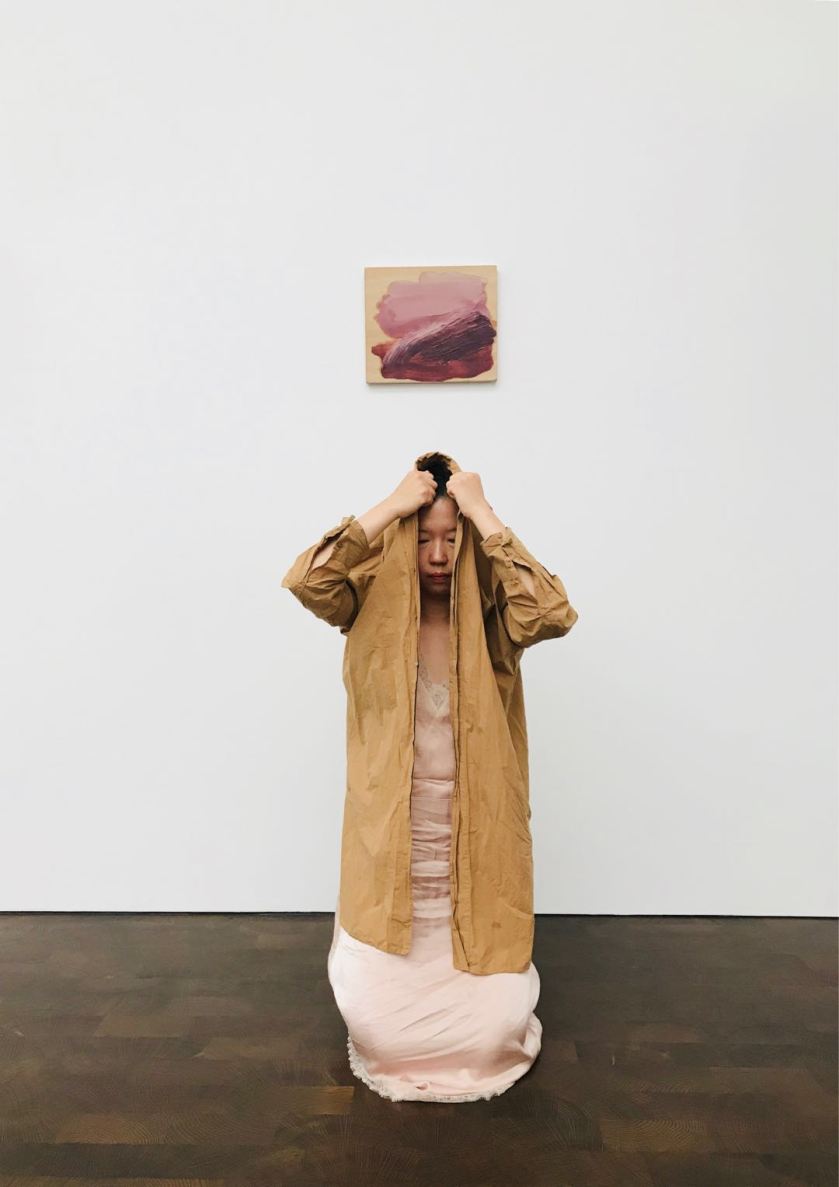
The art raspberry performing next to “Darkness at noon” (2015-2016).
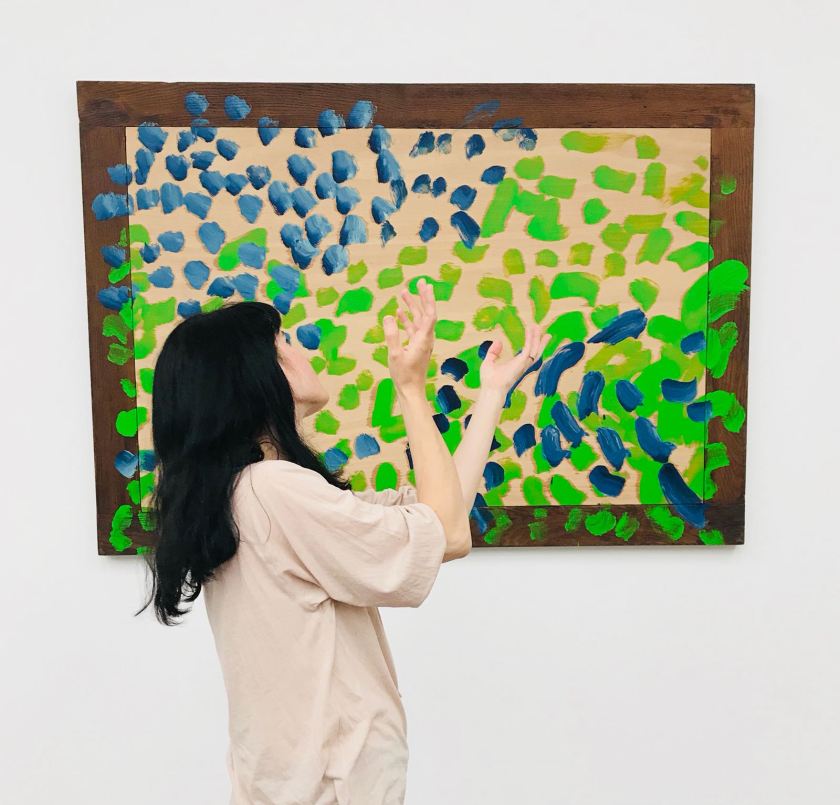
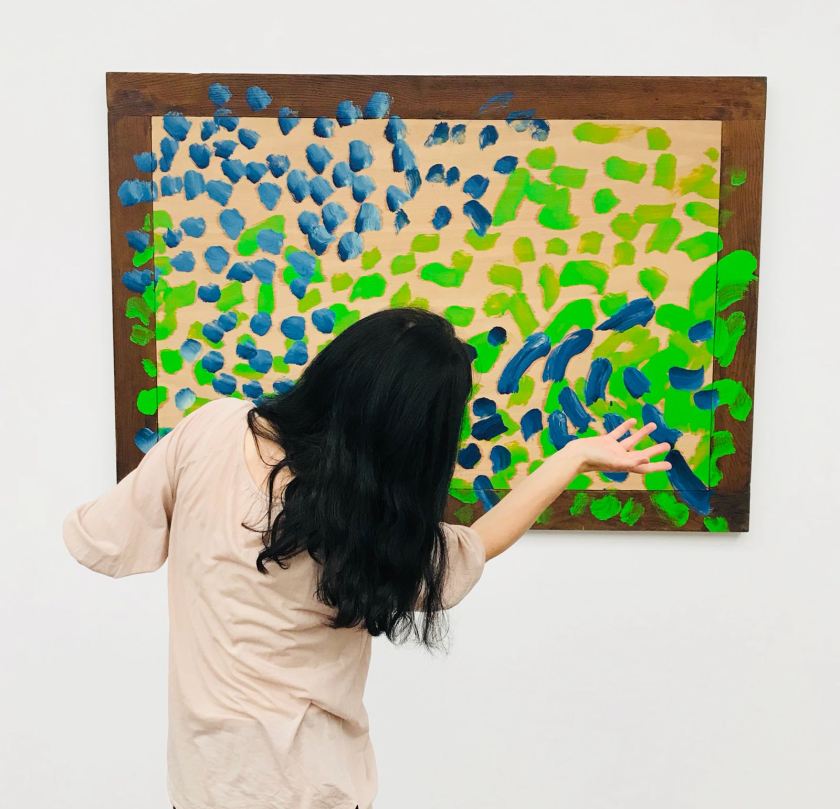
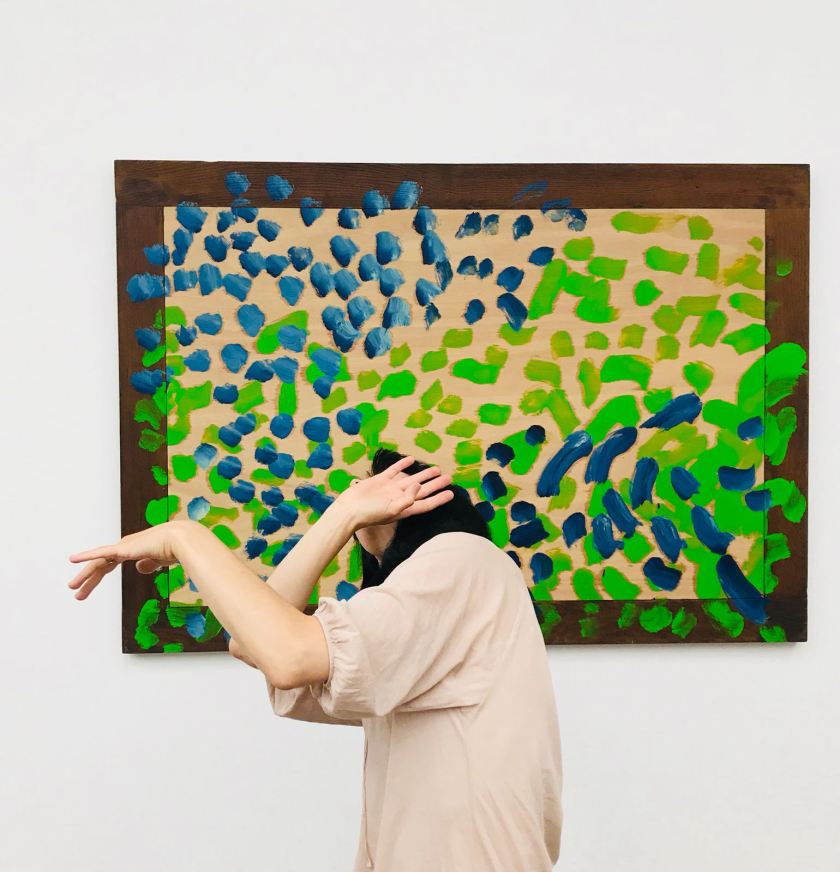
The art blueberry performing next to “Love song” (2015).
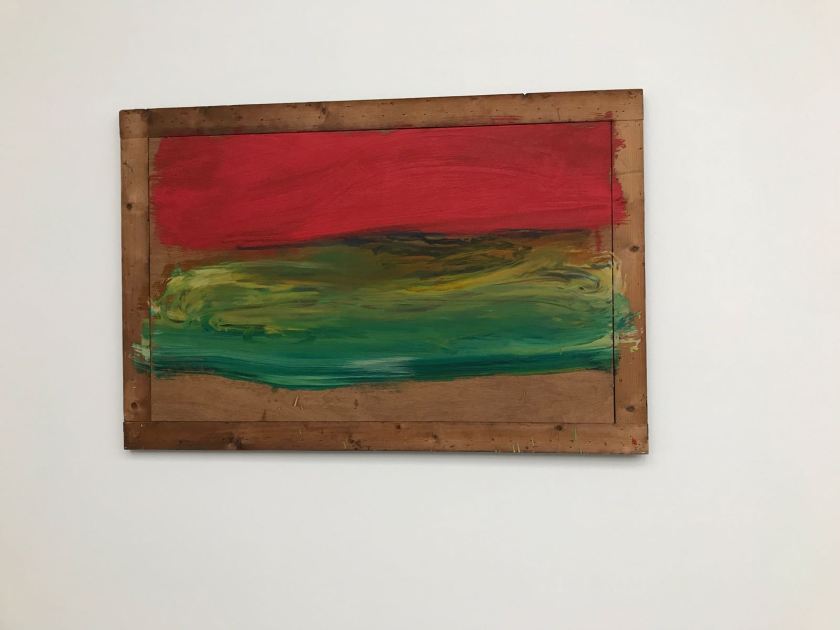
Painting above: “Red sky at night” (2001-2011).
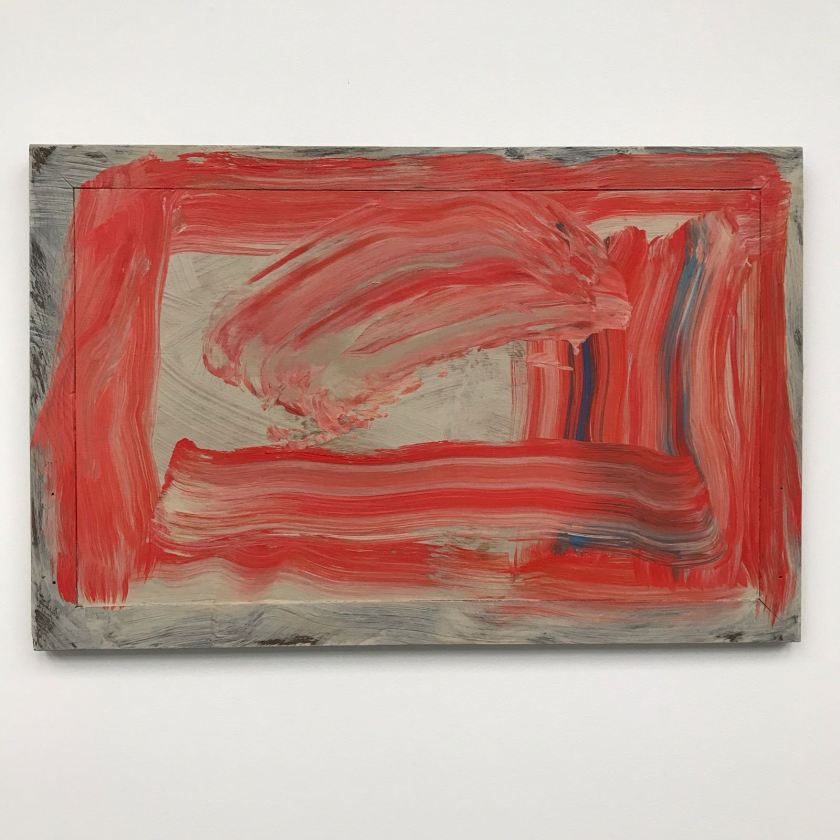
Painting above: “Red sky in the morning” (2016).
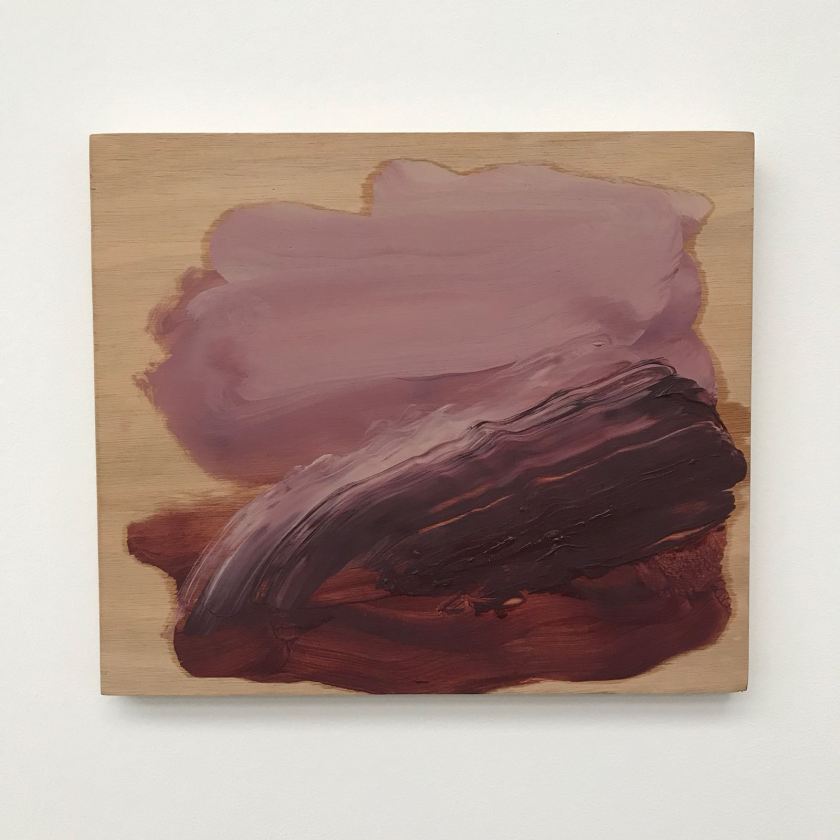
Painting above: “Darkness at noon” (2015-2016).
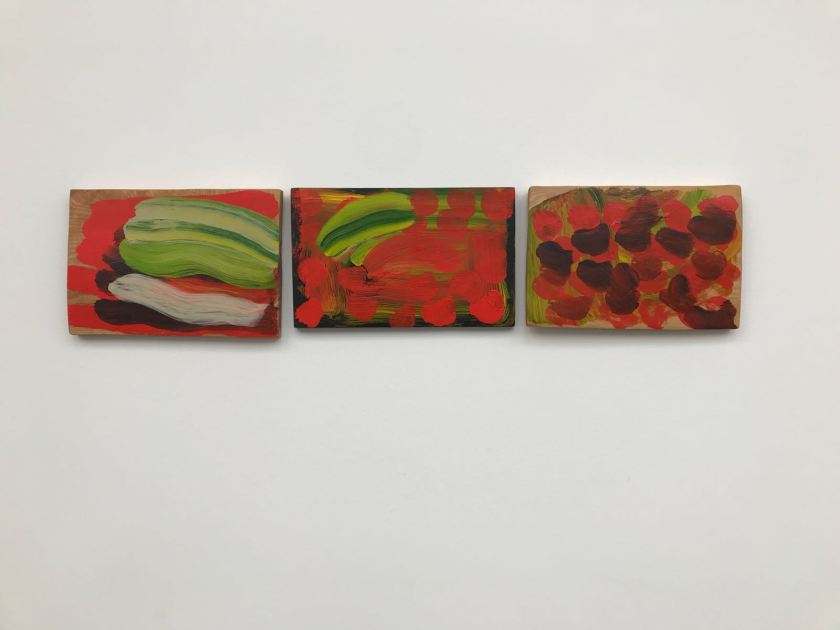
Painting above: “Indian veg” (2013 – 2014).

